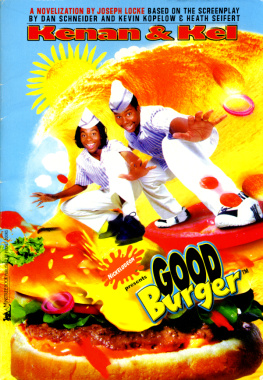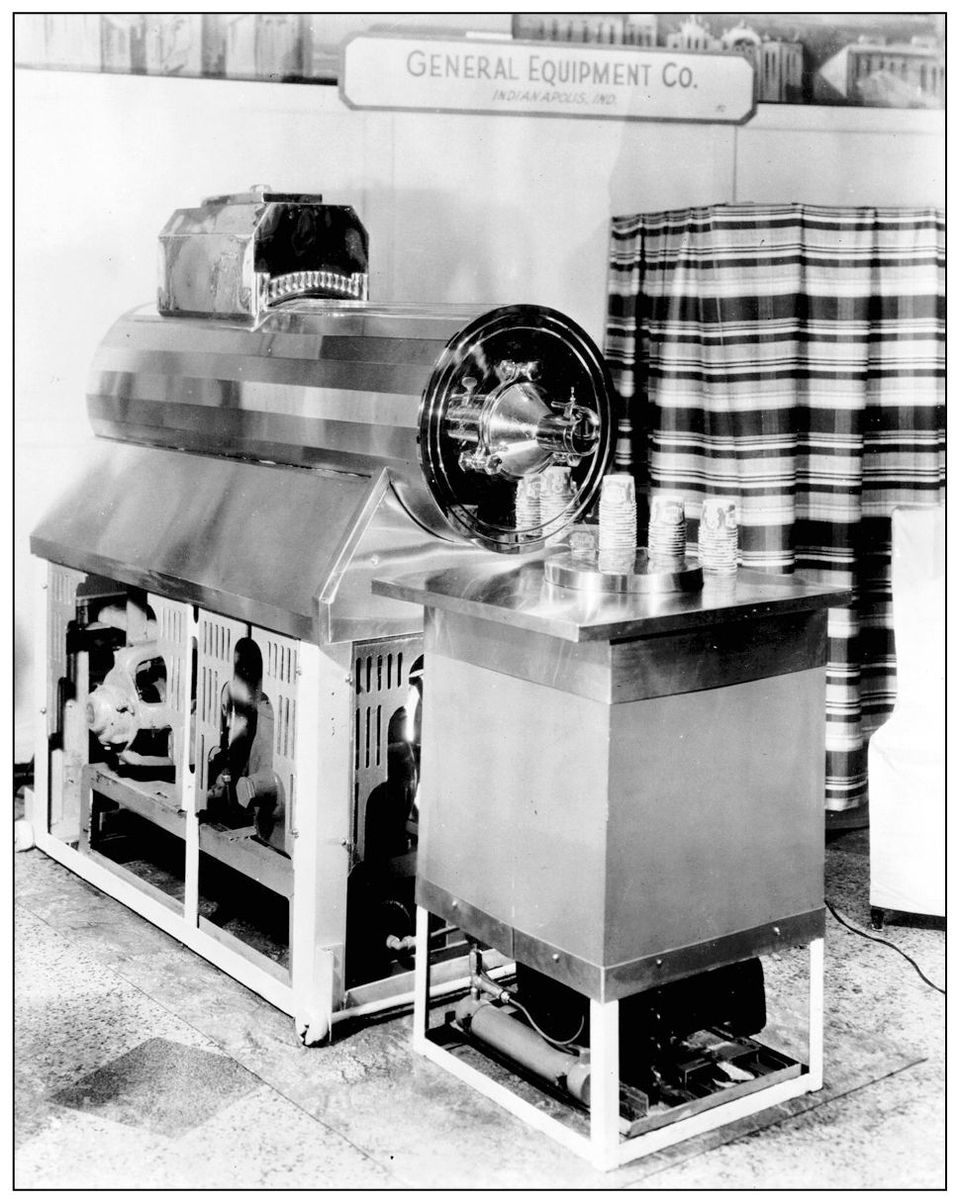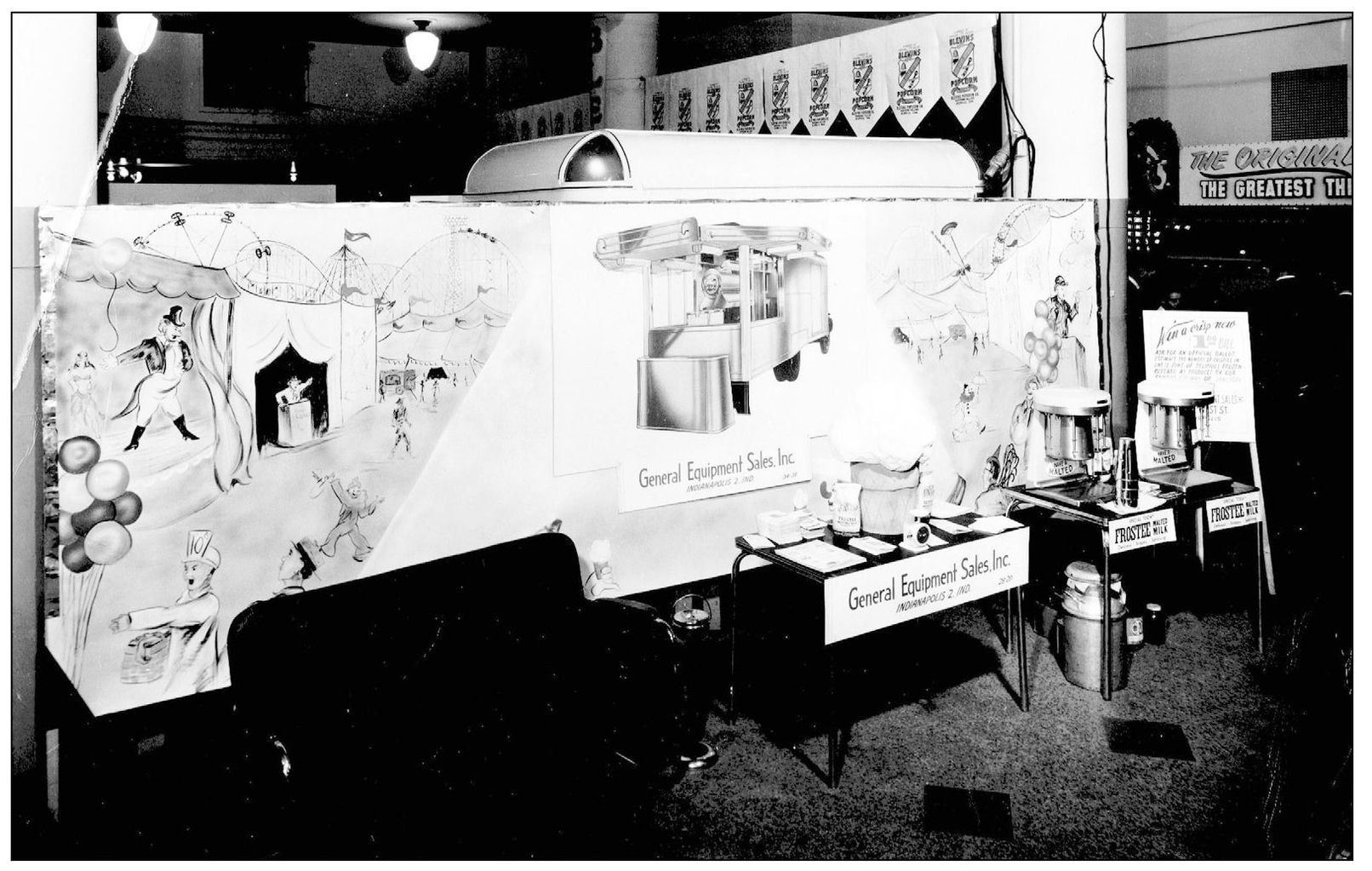ACKNOWLEDGMENTS
There are a number of individuals whose contributions through interviews, suggestions, and submissions made this book a reality.
First and foremost, I wish to thank Frank P. Thomas Jr. for his guidance, ideas, photograph submissions, information, and encouragement that fostered my interest in the history of Burger Chef, ultimately leading to this book. He graciously and patiently spent many hours answering my questions and earned my endless gratitude. Without his help, this book would not have been possible.
I also wish to thank Donald J. Thomas, who provided information for photographs and proofread my manuscript.
There were several people who agreed to be interviewed for this book. Specifically, I wish to thank Jack Roschman, Tony Grate, Bud Sellick, David Edgerton, Harry Cooler, and Butch Schroeder for taking the time to tell me their stories. The information they supplied was invaluable.
Unless otherwise notes, all images appear courtesy of the author. A number of individuals contributed photographs and supporting information, including Donald J. Thomas Jr., who spent hours scanning rare photographs from his dads archives; Kyle Brown; Dave and Al Lester; Angela Christopher; Sam Lampson; Paul Browning; the Hazel Park Historical Commission of Hazel Park, Michigan; and the Joe Azer Photograph Collection from the Louise Pettus Archives of Winthrop University.
A special thanks goes to Butch Schroeder of Schroeders Drive-in in Danville, Illinois, for allowing me to photograph items from his extensive collection of Burger Chef memorabilia.
My friend David Lyons provided me with much-appreciated support and advice from start to finish. I would also like to give a heartfelt thanks to my parents, Richard and Janice Sanders, for their encouragement throughout this project. Finally, to my wife, Jane, thank you for your love, recommendations, and support, and for never tiring of my innumerable conversations about Burger Chef.
Find more books like this at
www.imagesofamerica.com
Search for your hometown history, your old
stomping grounds, and even your favorite sports team.
One
GENERAL EQUIPMENT BEFORE BURGER CHEF
This is a portrait of Frank P. Thomas Sr. at age 52, taken in 1928. In 1930, he designed and built one of the first frozen custard ice-cream machines in the United States. Shortly thereafter, he founded the General Equipment Company in Indianapolis to manufacture his new invention, which he named the Nu-Way frozen custard machine. (Courtesy of Frank P. Thomas Jr.)
Frank P. Thomas Sr. was 75 years old when this picture was taken in 1951. By this time, he had retired from the General Equipment Company and given his stock in the company to his two sons, Frank P. Thomas Jr. and Donald J. Thomas, and his son-in-law Robert Wildman. General Equipment Company was a successful manufacturer of frozen custard and ice-cream machines in Indianapolis. Thomas Sr. was born in 1876 near Peru, Indiana, and was a carpenter by trade. Despite having just a fourth-grade education and no training in engineering, he was a remarkably innovative inventor. In addition to the frozen custard machine, he designed and built amusement park rides, including a walk-through fun house and some of the first water rides, as well as snow cone machines. (Courtesy of Frank P. Thomas Jr.)
Frank P. Thomas Jr. (center) works on the production line at the General Equipment Company in the spring of 1947. Thomas Jr. attended Purdue University and graduated in 1941 with a degree in mechanical engineering. After serving in World War II, he returned to Indiana and became the co-owner of the General Equipment Company with his father. Following his fathers retirement, Thomas Jr. served as company president. Under his guidance, the General Equipment Company went on to become one of the leaders in the restaurant-equipment industry. (Courtesy of Donald Thomas Jr.)
Robert E. Wildman joined the General Equipment Company in 1946 as office manager, where he was put in charge of sales, purchasing, ordering, and payroll. A graduate of Butler University in Indianapolis with a degree in business administration, Wildman eventually became part owner of the General Equipment Company. In this early-1950s photograph, Wildman is standing next to several Sani-Shake machines. (Courtesy of Donald Thomas Jr.)
Donald J. Thomas was only 18 when he posed for this photograph in his uniform while serving in the navy during World War II. After the war, he returned home to Indiana in 1946 to attend Purdue University and earn a degree in mechanical engineering. (Courtesy of Donald Thomas Jr.)
This photograph of Donald J. Thomas was taken in 1946 on the campus of Purdue University. At this time, he worked part-time at the General Equipment Company while taking classes. (Courtesy of Donald Thomas Jr.)
This photograph shows an early model of the EZE-Way frozen custard machine at a trade show around 1950. In 1935, Frank P. Thomas Sr. eliminated the principle of using chipped ice and salt for freezing frozen custard in his Nu-Way machines when he installed compressors and changed the name to EZE-Way because the machines were easier to use. (Courtesy of Donald Thomas Jr.)
The Midway custom-built trailer was fitted with an EZE-Way frozen custard machine and sold to vendors for use at carnivals and fairs, as evidenced by the illustrations depicting rides and circus tents on the backdrop of this trade show booth in this photograph from about 1950. (Courtesy of Donald Thomas Jr.)
Frank P. Thomas Jr. (first row, second from left) and his staff pose at the General Equipment Company in 1952. After outgrowing the space at their first location, the company built new offices and a larger manufacturing facility in 1950. (Courtesy of Frank P. Thomas Jr.)






















